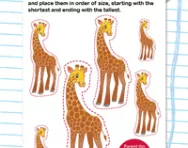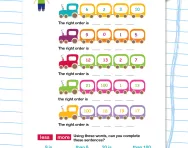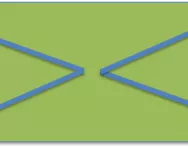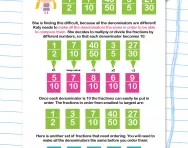Important update from TheSchoolRun
For the past 13 years, TheSchoolRun has been run by a small team of mums working from home, dedicated to providing quality educational resources to primary school parents. Unfortunately, rising supplier costs and falling revenue have made it impossible for us to continue operating, and we’ve had to make the difficult decision to close. The good news: We’ve arranged for another educational provider to take over many of our resources. These will be hosted on a new portal, where the content will be updated and expanded to support your child’s learning.
What this means for subscribers:
- Your subscription is still active, and for now, you can keep using the website as normal — just log in with your usual details to access all our articles and resources*.
- In a few months, all resources will move to the new portal. You’ll continue to have access there until your subscription ends. We’ll send you full details nearer the time.
- As a thank you for your support, we’ll also be sending you 16 primary school eBooks (worth £108.84) to download and keep.
A few changes to be aware of:
- The Learning Journey weekly email has ended, but your child’s plan will still be updated on your dashboard each Monday. Just log in to see the recommended worksheets.
- The 11+ weekly emails have now ended. We sent you all the remaining emails in the series at the end of March — please check your inbox (and spam folder) if you haven’t seen them. You can also follow the full programme here: 11+ Learning Journey.
If you have any questions, please contact us at [email protected]. Thank you for being part of our journey it’s been a privilege to support your family’s learning.
*If you need to reset your password, it will still work as usual. Please check your spam folder if the reset email doesn’t appear in your inbox.
What is descending order?
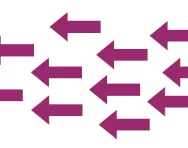
What is descending order?
When numbers are put in descending order, they are ordered from largest to smallest.


Start a unique learning programme!
- Weekly programme for each school year
- Worksheets sent direct to your inbox
- Keeps your child's learning on track
Children at primary school are usually required to order numbers from smallest to largest (in ascending order). They are not expected to know the terms 'ascending' or 'descending', however it may be useful for them to learn these terms.
Descending order: numbers, dates and letters
It is possible a child could be asked to order numbers from largest to smallest (descending order). This could be whole numbers, decimals, fractions or amounts of money.
For example:
Five children emptied their pockets of coins. These are the amounts of money each one had in their pockets: 67p £1.85 99p £2.17 38p
Write these amounts of money in order, from largest to smallest.
A child would be expected to re-order the amounts of money in this order: £2.17 £1.85 99p 67p 38p
If you are asked to put a list of dates in descending order, that would be from latest date to earliest date, so these dates:
3rd May 2013 4th January 2013 6th December 2013
would be changed into this order:
6th December 2013 3rd May 2013 4th January 2013
Descending order is also used for putting words into alphabetical order, although they go backwards, from Z to A, so these words:
lamb bread courgettes tomatoes
would go in this order:
tomatoes lamb courgettes bread



